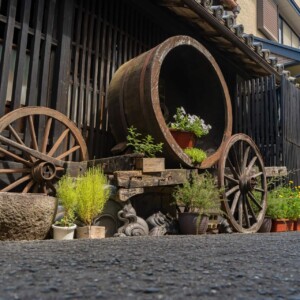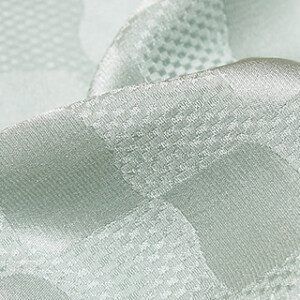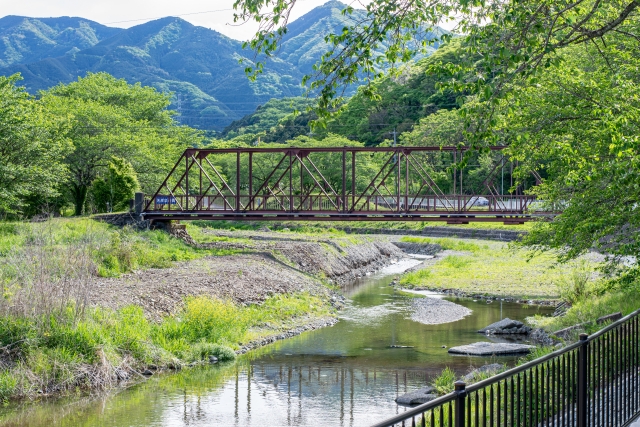
What is the charm of Ogawa Town, the hometown of washi paper? Introducing the characteristics of Ogawa washi paper
Ogawa-machi, Hiki-gun, Saitama Prefecture, is known as the hometown of washi paper.
The technique of handmade washi, registered as a UNESCO Intangible Cultural Heritage, has been handed down from generation to generation.
This article explains the charms of Ogawa Town, the hometown of washi, as well as the characteristics of Ogawa washi.
About Ogawa Town
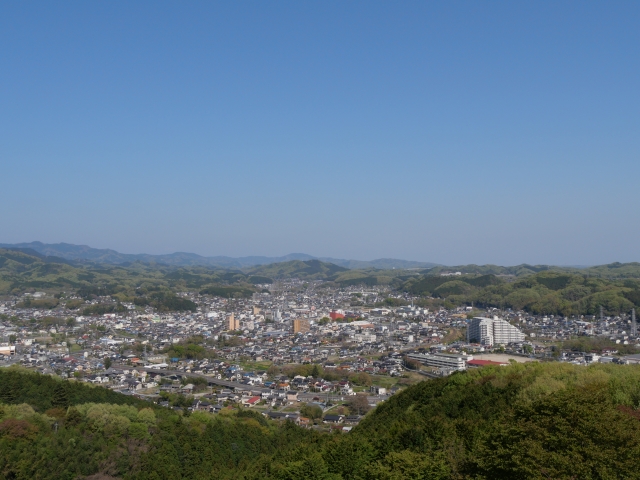
Ogawa Town is located in the central part of Saitama Prefecture, surrounded by the nature-rich mountains of Outer Chichibu.
Blessed by the Tsuki River that flows through the center of the town, the traditional industries of washi paper and sake brewing have flourished in the town since ancient times.
With easy access to Ikebukuro, which is only about 1 hour and 20 minutes away by train, many people commute to the city center while enjoying a relaxing rural lifestyle.
Little Kyoto in Musashi
Ogawa-cho is home to Daisho-ji Temple, which houses Japan’s oldest stone Hokkekyo memorial tower, and is also known as “Musashi’s Little Kyoto” for its traditional industries, including Japanese paper.
It also meets the requirements for membership in the National Kyoto Conference, established in May 1985, and was admitted as the 51st member in June 1996.
Today, many tourists still visit Ogawa-cho to enjoy its old townscape and culture.
History of Ogawa-machi and Japanese Paper
Handmade Japanese paper is one of the major industries in Ogawa-machi.
It is said that about 1,300 years ago, Koryo people who moved to Musashino-kuni inherited this technique, which has a very long history.
In addition, the Shosoin archives in Nara still contain a description of a delivery of 480 rolls of Musashi-kuni paper from Musashi-kuni in 774.
When Ogawa washi first began, it was also the time when Jiko-ji Temple, located in the neighborhood of Ogawa-machi, was founded.
It is assumed that the paper used at the temple was made in the villages at the foot of the Outer Chichibu Mountains.
In the late Edo period (1603-1868), demand for paper increased, and the area became a major washi production center, with more than 750 washi workshops.
This is the reason why the phrase “Pittari Senryo” (“shining in the sun”) has taken root in Ogawa-machi, meaning that the appearance of sun-dried washi paper shining in the sun is worth a thousand ryo.
What is Ogawa Washi?
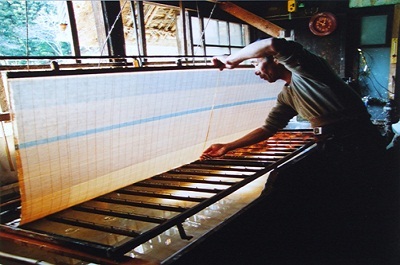
Next, the characteristics of Ogawa Washi will be explained in detail.
Hosokawa paper, synonymous with Ogawa washi
The original Ogawa washi technique was based on “Hosokawa paper,” which was born in the village of Hosokawa, located at the foot of Mount Koya in Kishu.
This thick washi, called “Hosokawa-hosho,” was used mainly for official documents, and was brought to Edo, a major consumption center, by Osaka merchants.
Merchants in Edo encouraged craftsmen in Ogawa-machi, which had long been known as the home of washi, to make Hosokawa paper.
Hosokawa paper made in Ogawa-machi was valued as a daily necessity for the common people because it was water-resistant, strong, and beautiful in appearance.
The production of Hosokawa paper greatly increased, and it came to be known as a synonym for Ogawa washi.
After World War II, the papermaking industry was hit by a wave of mechanization, and lifestyles also changed drastically.
As a result, the number of Hosokawa paper workshops has been decreasing, but craftsmen who wish to pass on and spread the techniques have formed the Hosokawa Paper Technology Preservation Society.
Characteristics of Hosokawa-gami
There are two types of handmade paper making methods: “tamezuki,” which waits for the washi paper material liquid stored in the bamboo screen to fall down, and “nagarezuki,” which makes washi by moving the washi paper material liquid scooped by the bamboo screen horizontally and vertically, and by making the fibers mix together.
Hosokawa paper is characterized by the fact that only kozo (paper mulberry) is used in the nagashizuki method.
In recent years, many Japanese paper mills have adopted the machine method of papermaking to improve efficiency, but Hosokawa-gami still carries on the traditional technique.
The paper is also highly durable and can withstand 100 years of use, making it highly valued overseas.
Registered as a UNESCO Intangible Cultural Heritage
Hosokawa paper was recognized as the highest quality of all handmade washi, and was designated as an Important Intangible Cultural Property of Japan in 1978.
Therefore, strict requirements have been set to protect the technique and quality of Hosokawa paper.
There are several requirements, such as the point of making Hosokawa-gami by Nagashizuki with Kozo, which is a characteristic of Hosokawa-gami, and maintaining the unique texture of Hosokawa-gami, etc. If these requirements are not met, the paper is not “Hosokawa-gami.
In 2014, Hosokawa paper was also recognized as a UNESCO Intangible Cultural Heritage along with “Ishu Washi (Shimane Prefecture)” and “Honmino Paper (Gifu Prefecture)”.
This was the first UNESCO registration for Saitama Prefecture, and its achievements continue to be highly regarded.
It is also included in the “Representative List of Intangible Cultural Heritage to be Protected by Mankind,” and Ogawa Town has declared its commitment to spread the excellence of Ogawa washi, centering on Hosokawa paper, throughout the world and to pass on the techniques of this art.
Reference: About Ogawa Washi | Ogawa Town, Home of Washi
Summary
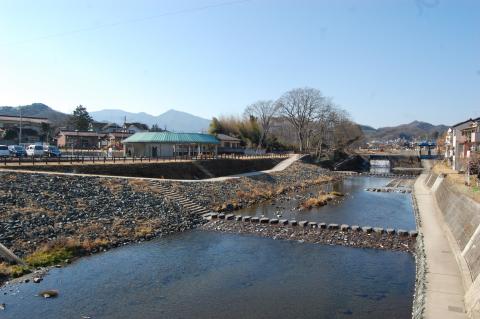
Ogawa Town, the hometown of washi, is a town with a beautiful clear stream that has remained unchanged since ancient times.
The art of washi, which has been handed down for approximately 1,300 years, became increasingly widespread with the introduction of Hosokawa paper.
Today, the high quality of the technique and the beauty and toughness of washi are highly valued, with the paper being recognized as a national intangible important cultural property and a UNESCO Intangible Cultural Heritage registration.
Ogawa Town, also known as Musashi’s Little Kyoto, is home to workshops and facilities where Ogawa washi is handed down from generation to generation, as well as traditional industries such as sake brewing and joinery, making it an attractive place to experience a deep history.
There are also architectural and historical sites that remind us of the prosperous days of washi making, so why not pay a visit?
Reference: Ogawa Town, home of washi paper



